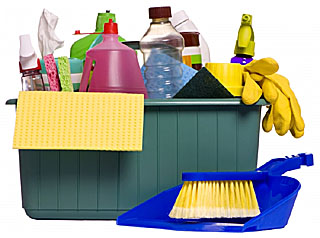Today’s modern homes may be very energy efficient, but it comes at a price – the air inside your home is not as clean as the air outside. Many modern window and door installations have excellent climate seals to inhibit the loss of heat from the home, but at the same time they also prevent any natural airflow as found in older homes. The air inside your home can quickly become contaminated and end up being less clean than the air outside.
This is one reason why an air purifier can help improve the air quality inside your home and therefore improve your health. Since many people in Singapore spend the majority of their lives inside, the quality of air is an important factor for general wellbeing and health.
How do you shop for the right air purifier?
There are many models of air purifier available on the market today; this can make it quite a challenge to choose the best one for your individual circumstances. There are even some air purifier units on sale today which actually create air pollution with dangerous levels of ozone. This can be a powerful lung irritant which is especially important for people who suffer from asthma. Learn how to select an air purifier which is effective, safe and right for your needs with our air purifier buying guide.
 Household Air Pollutants
Household Air Pollutants
Firstly, different types of air purifier are designed to target different common household pollutants, therefore it’s critical to identify which pollutants you need to eliminate from within your home.
Airborne Particles
These may include tobacco smoke, pollen, pet and dust mite allergens, plant spores, fungi and mold which are considered to be among the most common causes of indoor allergies and asthma attacks. A high-efficiency particulate absorption (HEPA) air purifier is considered to be the most effective way to eliminate such airborne allergens.
Household Odors and Gases
These may include cooking odors, gaseous pollutants such as indoor pesticides and aerosols, cat litter, tobacco smoke and various other toxins. An air purifier fitted with an activated carbon filter is ideal for adsorbing such gases and odors which are generally too miniscule to be eliminated by a regular HEPA filter. (The process of adsorbing is when materials become attached to each other through the process of a chemical reaction).
Volatile Organic Compounds
Examples of these can be found in a range of regular household products such as: paint, varnish, cleaning supplies, disinfectant, glue and adhesive as well as some carpet and building supplies. Ingredients such as formaldehyde, chloride, benzene, ethylene and toluene are often used in such products. VOCs can be responsible for symptoms such as: eye irritation, nose irritation, and throat irritation, headache, nausea, and in some cases may even contribute to certain chronic health conditions, causing damage to the nerve system. Asthma sufferers can also be antagonized by VOCs being present.
Microorganisms
These may include bacteria and viruses, antigens and pathogens. These are the common everyday germs which make us feel sick. Common household mold is also classified as a microorganism.
